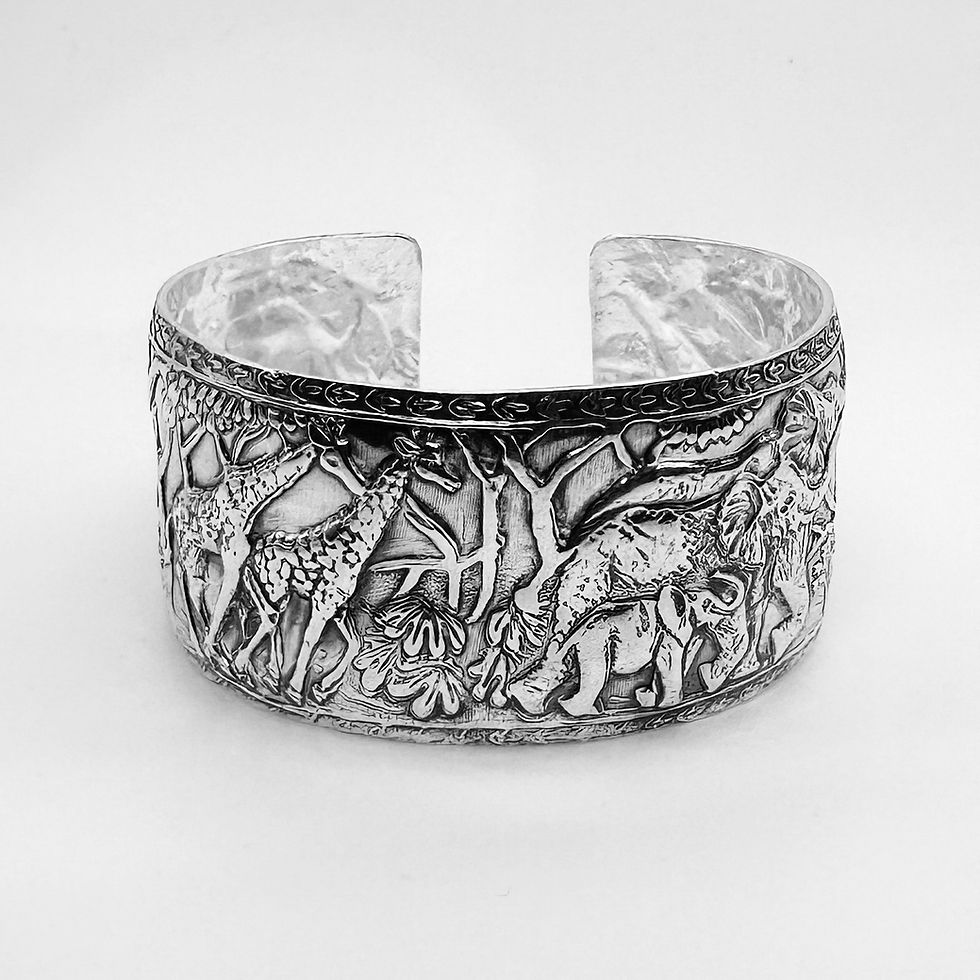What Is The Difference Between Sterling Silver, Argentium Silver, Britannia Silver And Fine Silver
- Bottlebee

- Jun 14, 2021
- 1 min read
Updated: Jul 27
They look the same, but what is the actual difference between the silvers?

Most people will be aware of sterling silver - also known as 925 silver, which means it's 92.5% silver. The additional 7.5% is made up of other metals, usually copper. It is due to the copper content that sterling silver can be more prone to tarnishing.
Silver is usually alloyed with base metals to make it harder wearing. The percentage of silver varies as follows:
Fine silver: 99.9% silver
Britannia silver: 95.8% silver
Argentium silver: 93.5% silver
Sterling silver: 925% silver
Fine silver contains 99.9% pure silver and is the purest and softest. It’s not usually used for making items which have heavy everyday wear such as rings as it is very soft and malleable, making it more prone to scratches and dents. It’s usually used to set stones with a bezel setting so the metal can be carefully pushed over the stone with less force, or jewellery which requires a lot of forming using impression dies. It is also suitable for jewellery that isn't subject to much contact or wear and tear, like earrings or pendants.
Sterling Silver contains 92.5% silver and 7.5% other metals, typically copper. It is more durable and harder than fine silver due to the alloying with other metals. Sterling silver is the most common type of silver used in jewellery.
Argentium Silver contains 93.5% silver and 6.5% other metals, one of which is germanium, which contributes to its tarnish resistance, brighter white colour, and hypoallergenic properties.
Britannia Silver contains 95.8% silver and 4.2% other metals. It is not usually used in making jewellery.




Comments